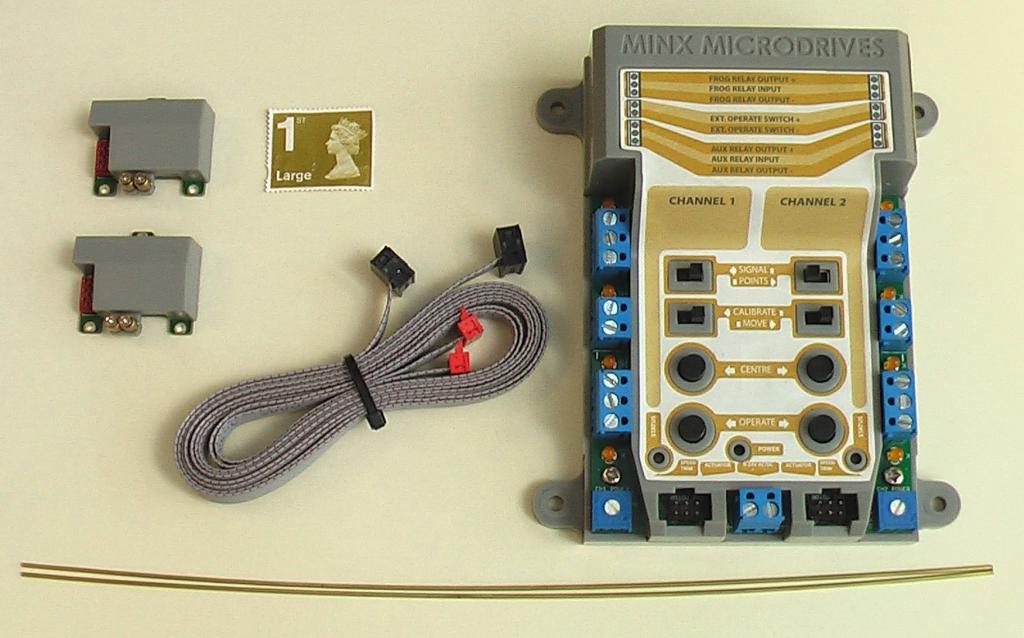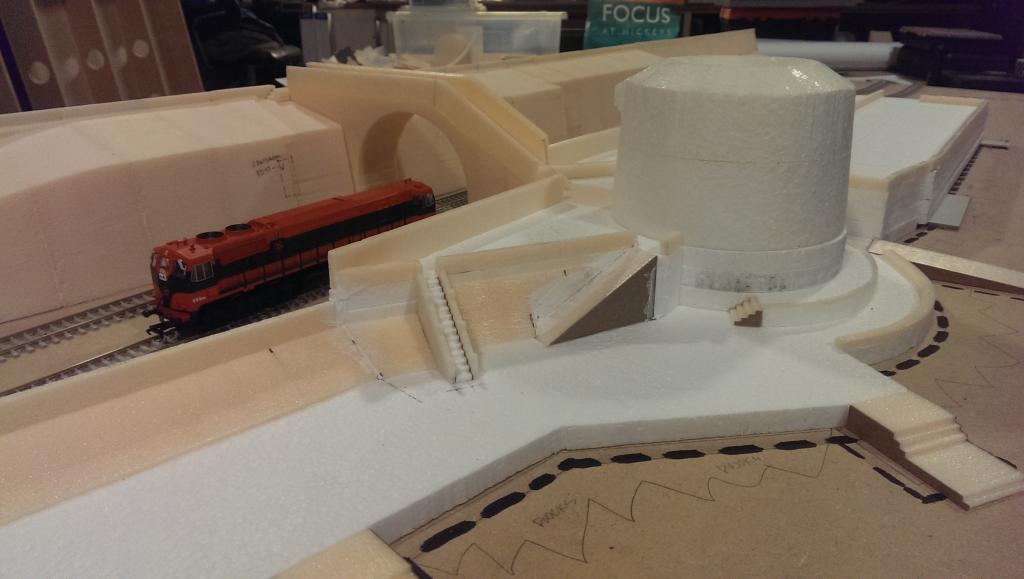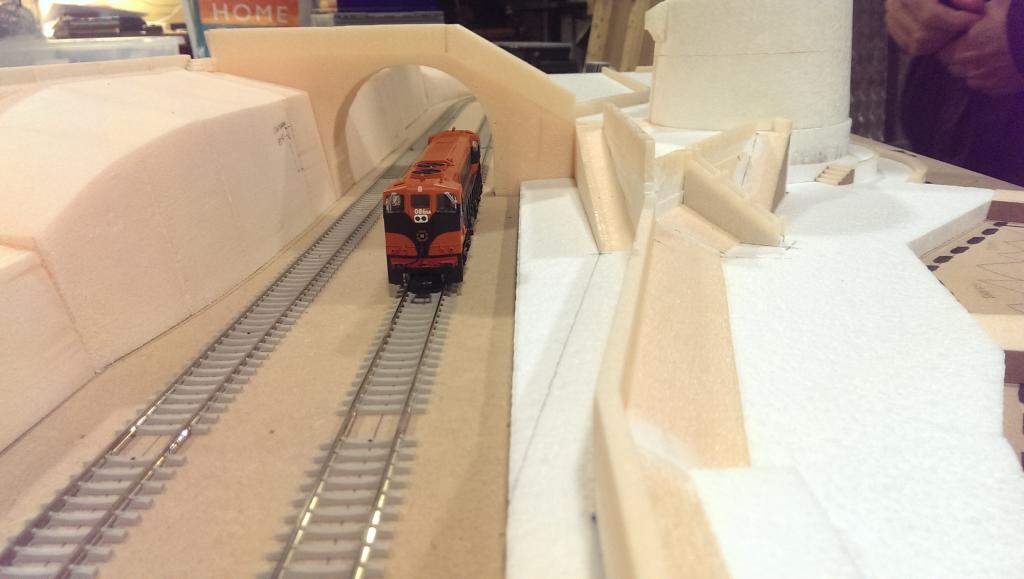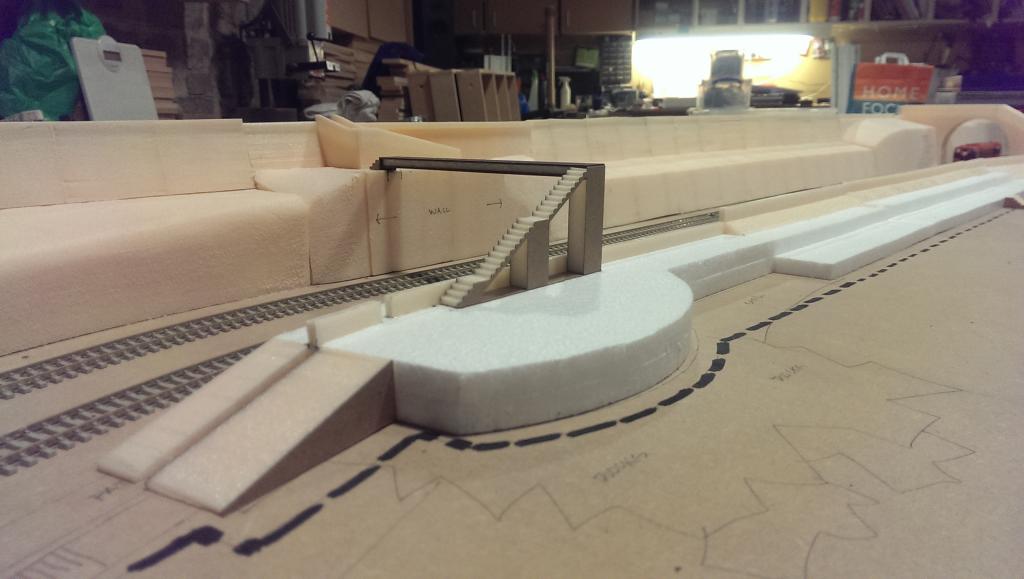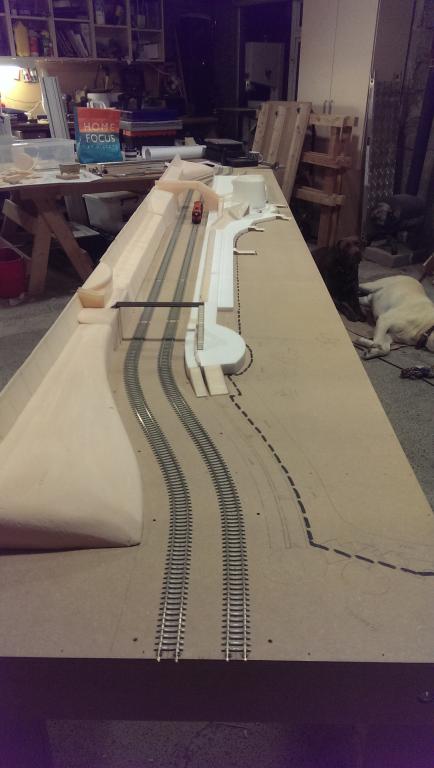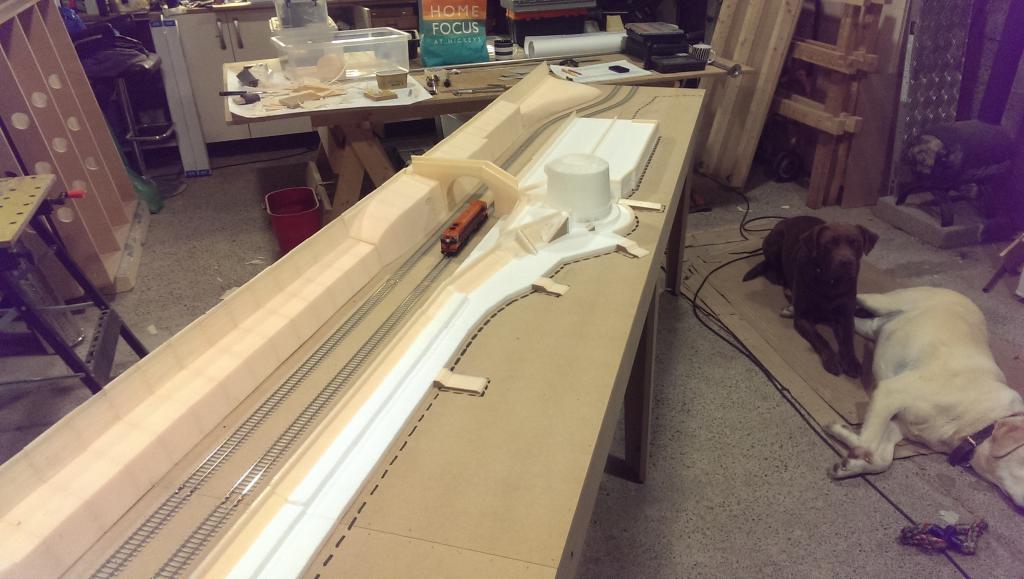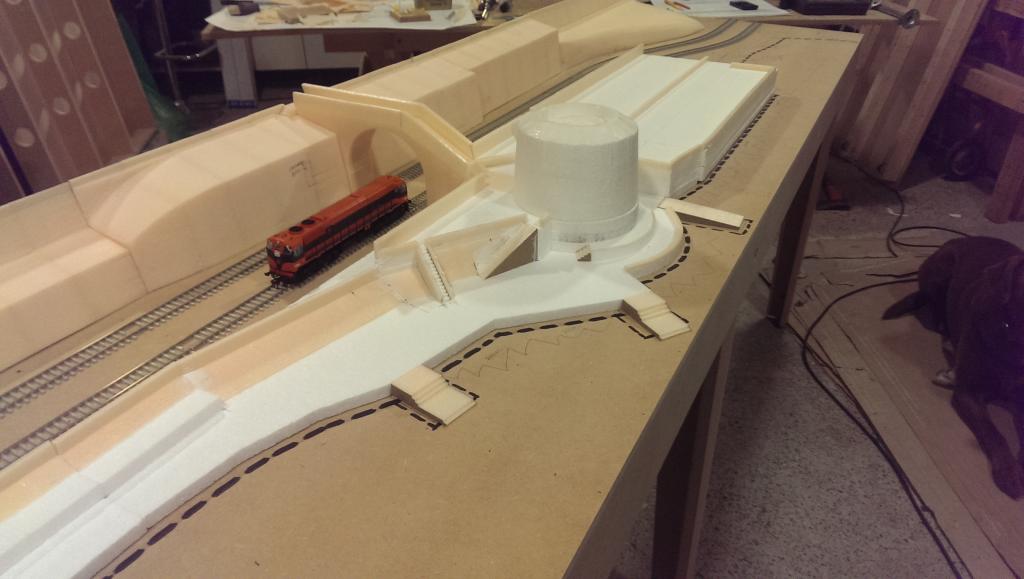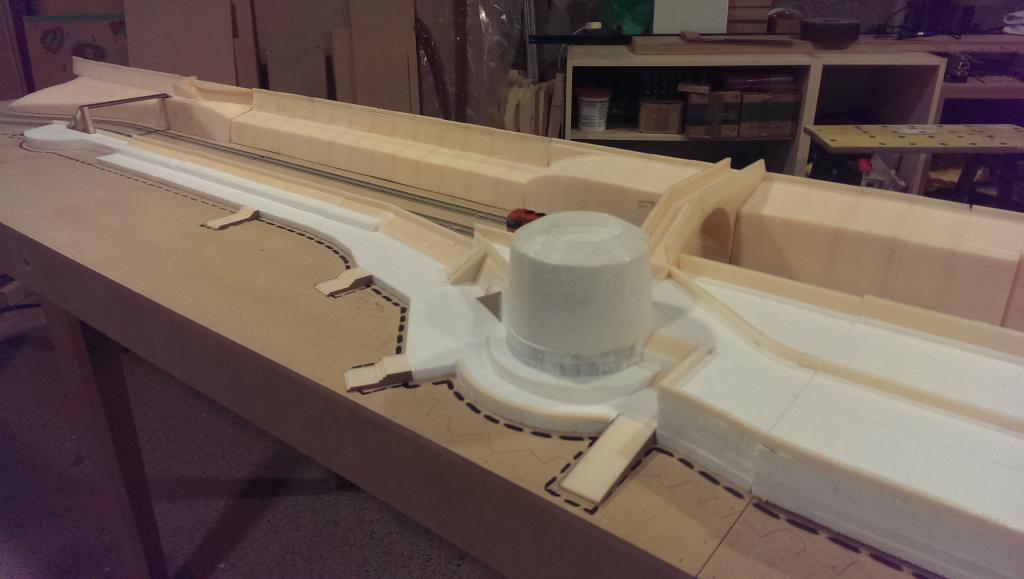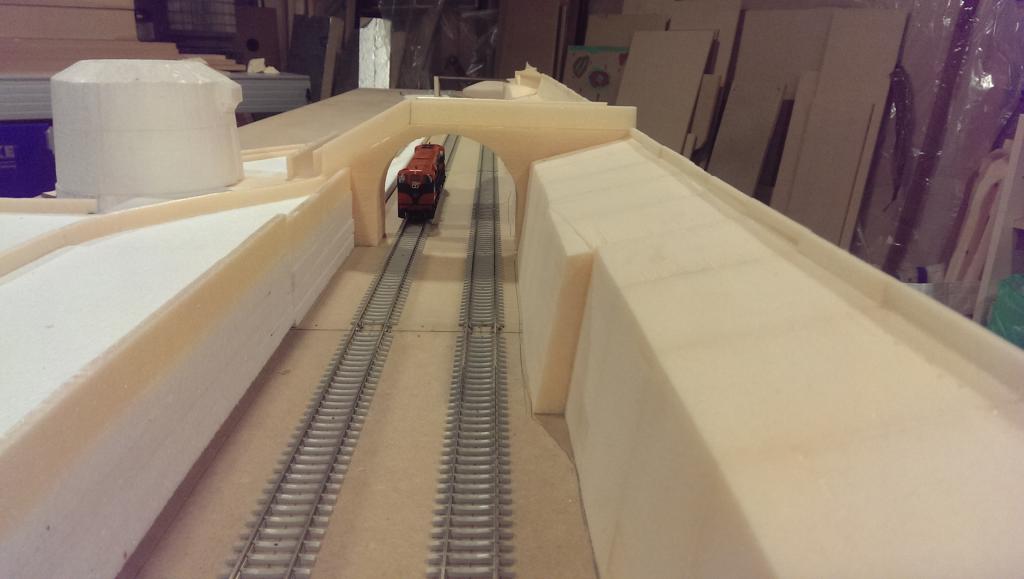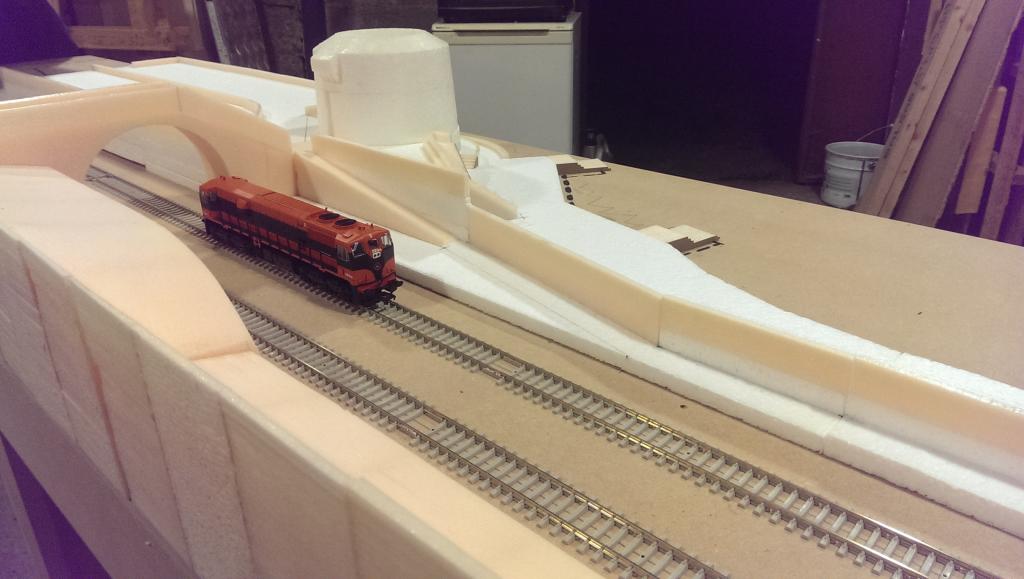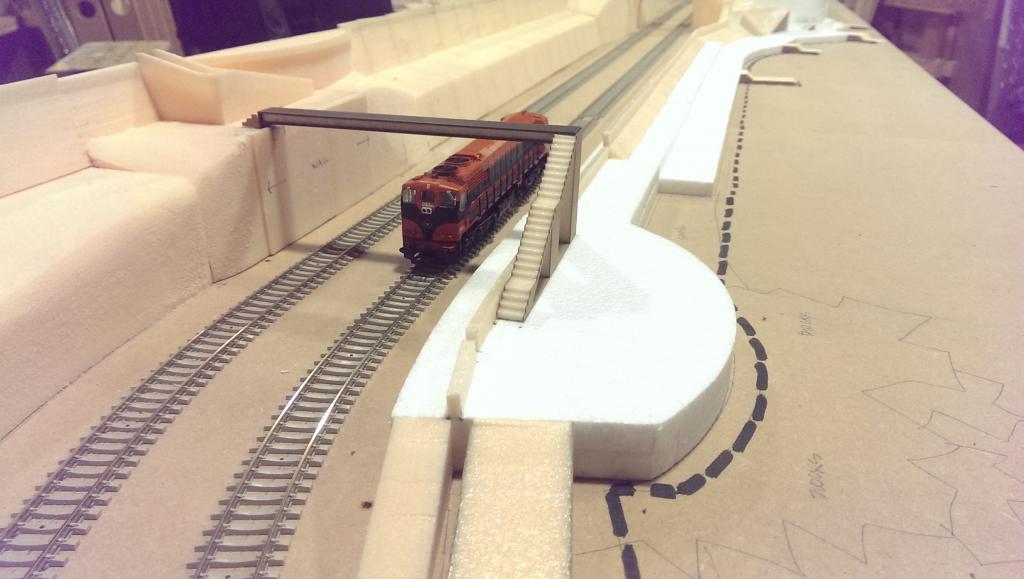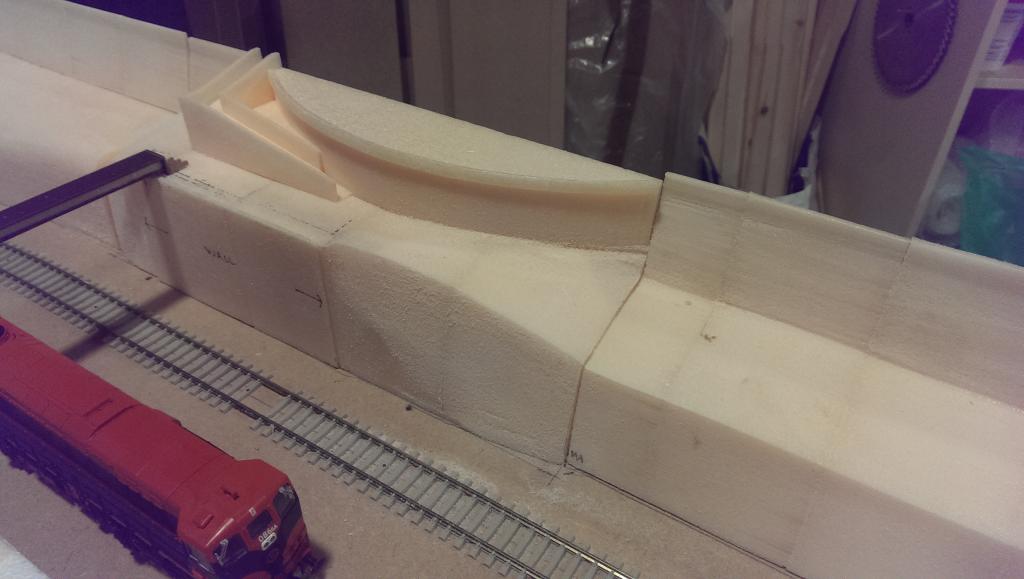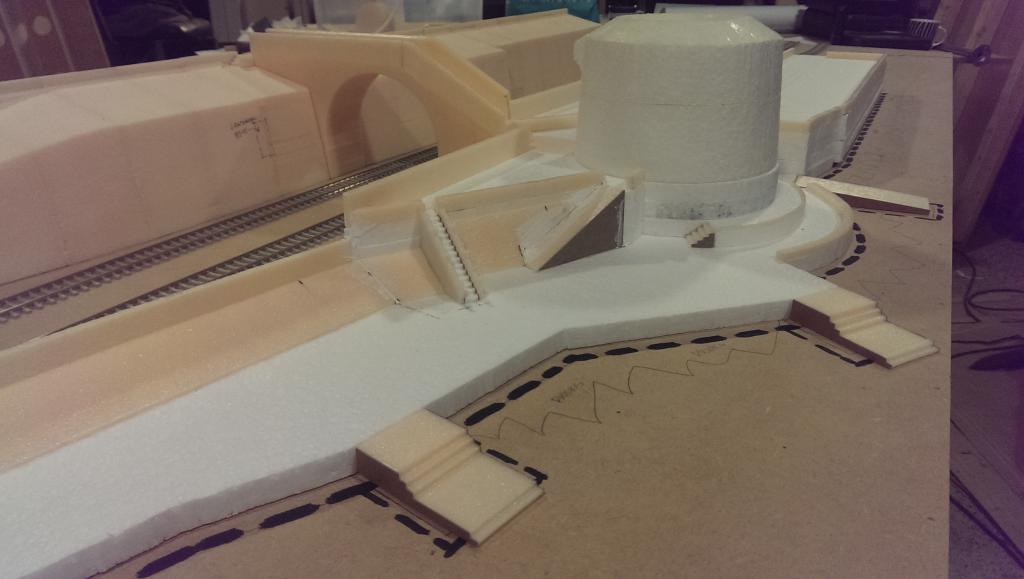-
Posts
1,813 -
Joined
-
Last visited
-
Days Won
6
Content Type
Profiles
Forums
Resource Library
Events
Gallery
Blogs
Store
Community Map
Everything posted by Dave
-
We will be there with our new Irish 00 Gauge modular baseboards and launching the Minx Microdrives point motors. Come over and say hello. Were in the main hall.
-
Good idea, save a lot of faffing
-
Hi Bill, Yes is the answer, but you will need a bridge rectifier to convert the DCC power in AC to DC then use a resistor to drop the voltage down. Or use a relay, the power from the DCC bus switches the coil in the relay and the relay switches a 12volt DC power supply to the LED signal.
-

My other railroad interest! The Colorado Midland.
Dave replied to Mike 84C's topic in US / Canadian Railway Modelling
They are stunning! -
Looks great Tom. I love the big curve, looks like a real railway. Looking forward to seeing it progress.
-
Great job Kieran, an area I want to get into. Nelson, you can use superglue, but it goes brittle and if its dropped the joints will break as the brass will oxidise under the glue. Soldering is the way to go.
-
Great tutorial Noel, well detailed and explained.
-
Excellent work there Noel, just one point, the warranty is void on the chip when you cut the plug off. But given the very tight squeeze in that loco you would have no other way of doing it. Looking forward to seeing it finished.
-

WANTED! Bachmann scenecraft 4 road engine shed 44-050
Dave replied to rebelred's topic in For Sale or Wanted
I only put my name and ID on parcels too. Ordered from Gaugemaster today and they wanted £16 postage, got it free through PM so only costs €3.95 Happy days! -
Not only that, the money that was donated to Fingal County Council on the basis it would be built and housed there will have to be given back.
-
Noel, It won't be going ahead in Malahide, they don't have the space for it. It is currently in the hands of Dublin tourism who are doing nothing about it. But there is a group of people taking action.
-
Hi Noel, I too like manual switching over DCC control. with a big layout they can be very effective giving the operator local control at the points using the point controller as the operator moves around the layout controlling trains. They can also be switched manually from a control panel giving you the best of both worlds. I have a customer currently looking at them for a large layout with 40 plus points on it. Also with the point motor surface mounted on the baseboard makes for much easier installation, and the motors can be easily hidden. They won't be for everyone, but thanks for your honest feedback. It makes it much easier for me to make a decision to invest in stock. Each controller switches two point motors, so 10 motors require 5 controllers. They are sold as a pack of 1 controller and 2 motors. I did ask if they had any plans to bring out a controller that would control multiple motors but due to the size of the relays they use they are staying with just 2 motors per controller.
-
They will be sold in a pack of two point motors and a controller with cables, you will need a power supply which I will have one to go with it. Price per pack is €58 and a power supply will be €15. The DCC chip is €19 They are expensive, but they are a premium quality product. Thoughts please!
-
Thanks Kieran, I have to say I really like them. I like the fact the controller stays locally to the point and can be switched from a control panel and from DCC. On big layouts as you walk around you have local control over points rather then having to go back to a control panel. Also the heavy duty relays for switching live frog and an aux, so many point motors fall down on this. I am getting in two sets this week to try on the exhibition layout, so I will know more in a couple of weeks and report back. Thanks for the feedback lads
-
Welcome to the forum Grambit. One thing I noticed about your track plan is the slope to the lower will be very steep as the track is not very long heading down. Locos will struggle getting back up, how far apart will the levels be?
-
Yeah Paul, if I take it on I'll change it for an Irish one!
-
I have asked them for a video just waiting on a reply.
-
Hi lads, I am looking to take on an agency for a point motor with a difference, manufactured by Minx Microdrives in the UK. What I like about these point motors is they are surface mounted but very small. The point motors are a linear actuator and the travel can be set and time of travel can be adjusted. If the point gets jammed or sticks the controller gives an audible alarm. The controller can be mounted locally and be DCC controlled and controlled remotely. The DCC chip just plugs into the control unit. Your feedback would be great! Link to there site http://www.minxmicrodrives.com Here's some info from their leaflet • The pack contains 2 actuators, 1 controller, 2 connecting ribbon cables, 2 brass rod connectors, fixing screws, comprehensive instructions and wiring diagrams to operate 2 points, 2 signals or 1 of each. • The actuator is about the size of a large postage stamp, 32mm x 25mm x 12mm high. This is close to prototypical size and allows easy and realistic baseboard surface installation, disguised under scenery or buildings . It can also be mounted underneath and is a geared motor drive, not a servo (we found these erratic during extensive testing and unable to give consistent auto calibration and the alarm function). • The controller has 2 channels, which control points or signals in any combination; each channel has calibration and operating modes with status LEDs and external switching relays with position indicators. It will operate on 12 – 25 volts AC or DC, regardless of polarity . • Calibrating the “throw” distance of the point blades is easy: you just press a button on the controller, which operates the point actuator and then measures and remembers the range. • In “run” mode the point can be operated either from the controller or a remote switch, the position of which is self-correcting. • Point operating speed can be adjusted by the preset potentiometer, the approximate operating range being <1 – 5 seconds. • The controller sounds and flashes an alarm if the point fails to operate properly, eg if there is an obstruction or the point blades are damaged. An LED on the actuator also flashes. Pressing the operate button on the controller returns the point blades to their original position, releasing the obstruction. • A solid rod (supplied) connects the actuator to the point tie-bar or blade(s). No springs, compensation or omega loops are required. The point is therefore mechanically locked in either position. • A change of throw distance due to temperature, repairs or wear is easily catered for; you just re-calibrate the point using the buttons on the controller and it takes < 20 seconds! • In signal mode, the range of more gentle movement is manually adjusted by a pre-set potentiometer. Once set and operating, the same potentiometer is adjusted to give varying amounts of mechanical “bounce”. • Each channel on the controller has two independent auxiliary relays which will switch up to 5 amps @ 30VDC, one for live frog polarity and 1 spare. The relays pass through a dead zone and “fail safe” if the power to the controller fails. This gives interlocking with accessories eg. signals with points and avoids shorting the traction supply out in some circumstances.
-
Stunning, lovely job. Really like the glazing. Superb all round
-
Thanks for the comments lads, it will be on show at the Raheny show on the October bank holiday weekend.
-
Foam work is down to Eoin, we only realised how big it was when we put the 071 on it, it was tiny! That mut is getting old, he's retired!
-
A quick update, its coming along nicely. Track down and the structures are nearing completion. Here's a few pics.
-

WANTED! Bachmann scenecraft 4 road engine shed 44-050
Dave replied to rebelred's topic in For Sale or Wanted
Parcel motel is great, I use it all the time. -
That looks fantastic, the 071 re-gauged looks so much better. What ballast are you using?
.png.c363cdf5c3fb7955cd92a55eb6dbbae0.png)

